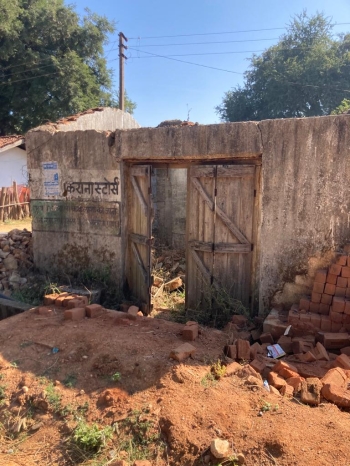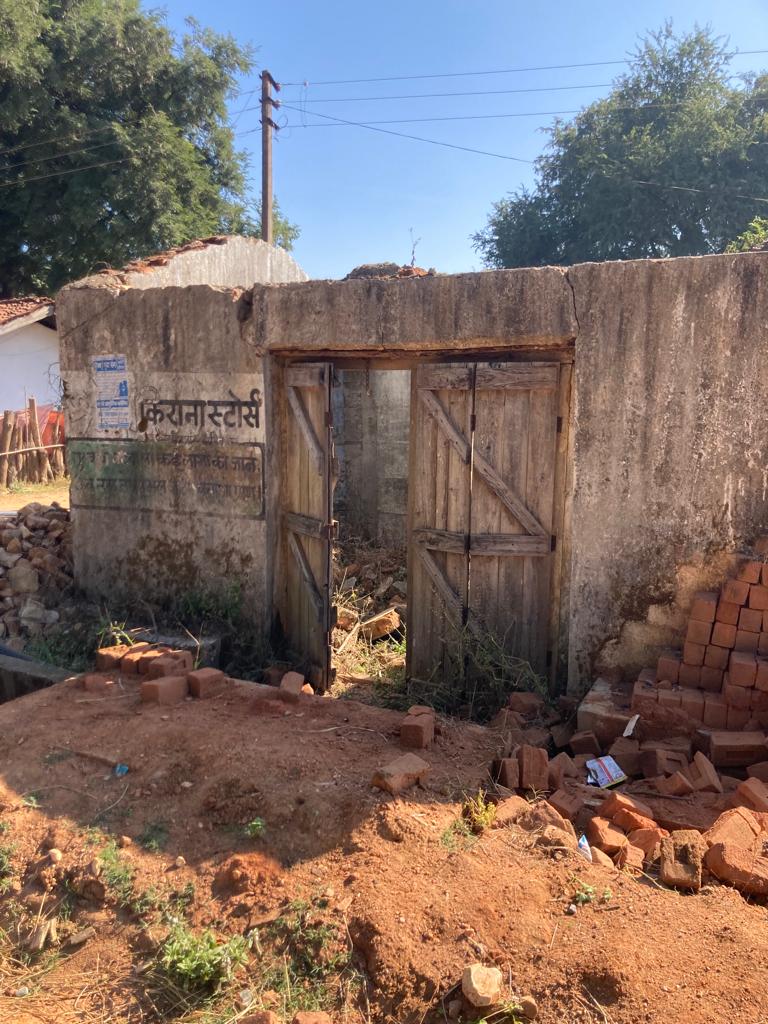
.jpg) Lancy Lobo
Lancy Lobo

In the past in Gujarat, Hindu-Muslim riots have taken place in towns in Adivasi areas, without involving the Adivasis, as for example in places like Virpur, Bardoli, Sanjeli, Randikpur, Modasa, Khedbrahma, Lunawada, and Meghraj. But communal riots in Gujarat involving Adivasis directly is a phenomenon that started in 1990. In 1997, the Christians in Dangs district were subjected to atrocities and burning of churches by outsiders provoking the local non-Christian tribals. This continued in the post-Godhra riots of 2002 against the Muslim traders in tribal dominated towns of Panchmahal and Vadodara districts by the Hindutva elements provoking the tribals against the Muslims.
Later, in Kandhamal in Odisha, post-Swami Lakshmanananda murder, fifty thousand Christians were driven to the forests from their villages. This was cleverly done by pitting one local group against the other. Now in Narayanpur in Chhattisgarh, the story repeats: non-tribals belonging to the BJP indulge in a similar game: Commit atrocities and forcible reconversion of Christian tribals. These atrocities take place largely during Christmas season or before elections for polarizing people.
Communal riots in Gujarat (1990s)
Hindutvisation of the Adivasis had begun by the Sangh Parivar. This was a planned process. The Sangh Parivar surveyed, selected and targeted villages, planted its men, recruited local people and began its anti-missionary campaigns. They also built their institutions like Vanvasi Kalyan Ashrams. With a view to speedy Hindutvisation, they used L.K. Advani's Rath Yatra, Ramshila Pujan and collection of bricks from Adivasis for the construction of Ram temple in Ayodhya.
Dangs has been subjected to a traumatic experience by Hindutva fellows during 1997-2000. Churches and Christian prayer halls were burnt, Christians harassed and discriminated against by the State in development projects. In many places, the state machinery such as the police, the district development officers and the Collectors have been hostile to the Christians, at the behest of the BJP government.
Post-Godhra (2002) riots in Adivasi areas
After its successful experiment in creating a divide between Adivasis and Christians in parts of South Gujarat, the saffron brigade was engaged in doing the same with the Adivasis and Muslims in the Adivasi belt of Vadodara, Panchmahals, Dahod and Sabarkantha. These areas of the State, which had until recently remained free from any major communal tension, suddenly seem to have been caught in an inferno. Adivasis moved around with bows and arrows and bill hooks (dharias) on the streets. They went on a looting spree of houses, shops and vehicles moving in the area. They went screaming in large numbers to loot a premise and then set it on fire.
Having accomplished this mission, they would disappear in the surrounding forests or fields. Trees were cut and placed as road blocks. The intention in most cases seemed to have been looting. One could see a nefarious design behind this unusual phenomenon of Adivasis attacking the Muslim community members in Gujarat. That a free hand was given to the armed tribal mobs indulging in arson and looting in the very presence of the police lent credence to the belief that the saffron dispensation in Gujarat had launched a well-planned operation.
The Sangh Parivar has systematically worked among the exploited tribes, mobilized them and motivated them to participate in communal riots. But at local levels, many other contributory factors have played their part in adding fuel to the fire such as factions, conflicts, economic rivalry, property clashes, litigation, private revenge and so on. There again the Sangh Parivar has cleverly used such factors to its advantage.
Kandhamal (2007) and Narayanpur (2022)
The 2007 Christmas violence in Kandhamal in Odisha occurred between the groups led by Sangh Parivar together with the Sangh-affiliated Kui Samaj and the Christians after the murder of the Hindu Swami Lakshmanananda Saraswati. According to government reports, the violence resulted in at least 39 Christians killed and 3,906 Christian houses completely destroyed. However, independent reports state that more than 395 churches were razed or burnt down, over 5,600 houses plundered or burnt down, over 600 villages ransacked and more than 60,000 people were left homeless. Many Hindu families were also assaulted in some places because they supported the Indian National Congress (INC) party.
After the riots, as many as 20,000 people were sheltered in 14 government-established relief camps and 50,000 people fled to the surrounding districts and states. The United States Commission on International Religious Freedom reported that by March 2009, at least 3,000 individuals were still in government relief camps. Manoj Pradhan, MLA of the Bhartiya Janata Party, was convicted in the violence in 2010.
In Narayanpur in Chhattisgarh, atrocities against Christian tribals took place around Christmas of 2022. This is once again a continuation of Dang, Panchmahal and Kandhamal riots, whereby non-tribals belonging to the BJP provoked the riots against Christian tribals of the area. Police have filed FIR against some of them after a mob vandalized the church. Chhattisgarh is a Congress-ruled state. No communal riots are spontaneous as the history of riots shows. Riots are engineered for polarizing people with an eye on elections.
‘Conversions’ in Tribal areas
In 2003, for three months, I went to six Adivasi districts of South Gujarat visiting some fifty villages and talking to hundreds of men and women. I observed a variety of conversions. I am not referring to religious conversions but to various other ‘conversions’ -- drastic changes. Despite rhetoric to the contrary, their economic condition, spurred by the ecological degradation, has degenerated at least five-fold in the last few years. Displacement due to dams, quarries, land alienation, deforestation, transfer of tribal resources to non-tribal hands, leading to ecological degradation and mining of labour. Not only are masses of Adivasis unable to find sustenance in their degraded habitat, but their labour is mined by vested interests in waves of seasonal migration.
Is the government not aware of these ‘conversions’? It struck me why are not Bills passed against all these ‘conversions’ taking place under the canopy of the BJP government in Gujarat? Why is it so keen to press for a Bill that will ban only religious conversions? Congress kept the Adivasis in poverty for decades and lately the BJP (Sangh Parivar) has tried to inject hatred into them for electoral gain.
The real concerns of Adivasis are related to jal (water), jungle (forests) and jameen (land). Tribals have nothing to do with Hindutva. The transfer of their resources to non-tribals is their main worry. Religion is not their problem. Instead of addressing these issues of political economy, the Sangh Parivar and the BJP, whose social base is among Hindu upper castes and middle classes, divert the attention of Adivasis to targets like Muslims and Christians.
What can the Church do?
At times, behaviour of the Church personnel looks like they are busy re-arranging furniture inside the house when the flood waters are rising all around it. Most often Church personnel know what is taking place around them but appear helpless. This may be partly because they are not trained to counter the process of communalization of Adivasis. Much of their activity is limited to running institutions. Only when institutional interests are affected they stir up and try to find ‘peaceful’ solutions. Prayer and fasting are largely their time-proven solutions.
UNESCO has repeatedly advocated imparting the culture of peace, particularly among youth. In villages where divisions of all kinds are found the Church personnel could adopt an inclusive approach to community development and build better rapport with the local people, irrespective of their religion through a variety of means. Participatory development and fighting for justice are perhaps the best remedies for arresting the communal virus and preventing it from spreading further.